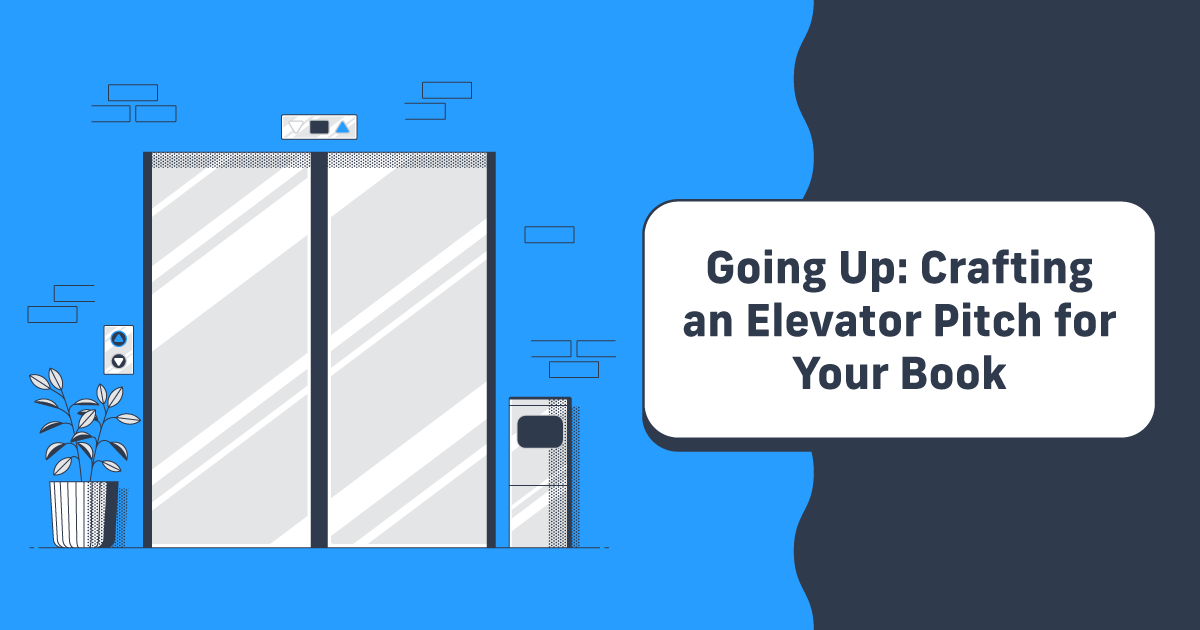Understanding the Publishing Gatekeepers
Some years back, around 2010 and for the few years following, a number of opinions can be found about publishing gatekeepers. The entire concept is one I, happily, hadn’t heard of until recently. My boss said something along the lines of “we should talk about publishing gatekeepers” and I made a note:

So yeah, I was a little confused by the term at first. However, I did some searching and learned a lot about how different folks in the publishing world thought about traditional and independent publishing over the years. And I think I understand now who and what the publishing gatekeepers are; I’m here today to share what I’ve learned with you!
Who Are the Publishing Gatekeepers?
To oversimplify, the gatekeepers are anyone who gets to say YEA or NAY to your book. They may be the person in charge of acquisitions for a small press or the literary agents discarding your query letters. They are the people who get the ball rolling (or don’t) on your book deal.
And most of the opinions I read give, at least some, praise to the work publishing gatekeepers do. The idea here is that these folks are separating the wheat from the chaff. Even more importantly, once a book is contracted, the editors and readers and designers (another layer of gatekeepers) come in and refine the book.
Writing a book is about sitting down and freeing the story you’ve got bouncing around in your head. Publishing a book is about getting through all the doors and past all the guards who want to manage your story.
There are, in the book business of traditional publishing, two essential gatekeepers: the ones who want to be sure your book is the best it can be; and those who want to be sure they can sell your book.
The Indie Publishing Gatekeepers
If you scroll back and look at the previous section, you might notice that all the gatekeepers apply specifically to traditional publishing houses. So what about the rest of us? We’re not all trying to get picked up by a big publishing house.
Some folks do the ‘good’ kind of gatekeeping for self-publishing. I’m thinking of organizations like ALLi (the Alliance for Independent Authors), a membership organization helping authors work with reputable publishers and find resources to publish smarter.
But organizations like ALLi aren’t gatekeepers as much as resources. They aren’t preventing you from publishing as an agent or publishing company can. No, the real gatekeepers for self-published authors are software.
Author Vs. Machine
Okay, that is the one and only Matrix reference I’m going to make. The possibility exists for a Terminator one shortly, but I’ll try my best to restrain myself.
Anyway…
For authors who want to independently publish, the biggest hurdle is turning your manuscript into a print-ready file. Editing is a service, but not a requirement.
This is what companies mean when they say ‘publishing for all.’ There’s no requirement to meet sales expectations, so quality is entirely at the whim of the creator. Awesome, right?

Create Your Book
Use Lulu's free templates to easily create and publish your book today.
Overcoming the Technology Hurdle
There’s a lot to handle when it comes to independent publishing. Thinking like a small business, managing your social media presence, coordinating book sales with bookstores and printers; it’s work. But before you get to any of that, you need to break through the technology barrier and actually publish the book.
It’s this organization of efforts that leads me to feel that software is really the biggest gatekeeper to finding success as a self-published author. Desktop publishing software like InDesign, Affinity Publisher, and Scribus brings professional levels of functionality to your home computer. But you—the author—still need to know how to manage this software.
Or you have to pay a designer to do it for you. This is always an option and with the number of qualified freelancers out there these days, it’s really easy to find designers. Hiring a designer doesn’t necessarily alleviate the problem though; it just shifts from an issue of page layout skill to available funds.
Gates Open, Come On In
After all this, I feel pretty comfortable that self-publishing really doesn’t have gatekeepers in the same way traditional publishing does. For better or worse, we can create without any publisher’s opinions or marketing angles. We’re only constrained by our own ability to handle technology.
And are you ever in luck! I’ve spent years learning how to use publishing software and I’ve written about it extensively!
In fact, here’s a couple of posts to get you started.


If there’s a part of publishing that’s really holding you up, shout it out in the comments and I’ll either point you in the right direction or write something new to cover it!






